When it comes to managing a production environment, machine monitoring is a great starting point. For machining heavy operations in particular, developing an accurate understanding of utilization is necessary to ensure you're getting the most out of your assets.
Otherwise, it’s very likely that you're not, and don’t even realize it.
Machine monitoring also offers a major step forward from manual data collection strategies. With a basic solution in place, your team isn’t spending hours every day logging part counts and downtimes.

However, basic machine monitoring solutions offer a one-dimensional view of production performance. They are highly focused on - as you may have guessed - the machine.
How is the machine performing? Is the machine running? How many parts has the machine made?
This machine-centric viewpoint leaves out far too much context.
While machines are an incredibly important part of production, they are only one part of the entire shop floor operation. When it comes to transforming production operations for the better we need more information and insight from multiple perspectives.
How are people and different shifts performing? How are our processes performing? How do certain parts and operations perform? What is the status of work orders? How should we quote a given job? What labor is needed for the increase in demand? What is my existing capacity?
Right now many (perhaps most) manufacturers are looking to their handwritten paper logs, Excel documents, or their MES/ERP to answer these questions - and they are unsatisfied with what is provided. The data is delayed, inaccurate, biased, nonexistent, or simply difficult to analyze and pivot as desired.
Basic machine monitoring solutions are helping engineers, continuous improvement personnel, and managers better understand machine performance but there is a lot more to the story...
Machines, People, Processes, Operations: The Full Context
We can think about production analytics as a fabric - many threads interwoven to develop a complete view of performance. Only with a complete view can we begin to answer the questions above.
Basic machine monitoring offers just a single set of threads or a one-dimensional perspective. This view provides insight into each machine and its individual performance - at the very least whether the machine is running or not.

From a production standpoint - machine monitoring offers the first foray into automating data collection - instead of relying on people to track the performance of a given machine.
With pure machine monitoring we likely do not know who was at the machine, what part was running, the current status of production, the status of work order completion, when alarms were triggered, what conditions the machine experienced, etc.
This view is incomplete, one-dimensional.
Production monitoring offers a three-dimensional view of production performance. We can think of these added dimensions as vertical threads within this woven fabric of data points.
Here are a few of these data points and contextual inputs:
- Parts and Part Operations
- Work Orders
- Human Context
- Processes
- Operational Data

How can this be possible?
There is a major difference between basic machine monitoring and production monitoring capabilities.
The key lies in integrating advanced machine monitoring with contextual data provided by operational systems (such as MES/ERP) and operators.
What is the impact of this additional context? The ability to monitor and manage machining-heavy operations more effectively, with a lens into production performance that is wider in context and not unduly focused on the machine alone.
It shifts the capabilities of management from a basic understanding of machine performance (and the wider operation) to a true understanding of production status and performance - one rooted in the status of machines, people, and operations.
Instead of simply reporting on utilization and part counts, users can also automate OEE, track the status of their work orders in real-time, analyze part operations and processes, optimize scheduling, and ensure on-time delivery.
Instead of always pushing machines to “do more” managers can understand where the true gaps and opportunities exist within their production operations. What parts and operations are struggling? Which processes are failing or falling out of expected performance? What work orders are falling behind schedule? Which shifts are underperforming and by what degree?
MachineMetrics is changing the game when it comes to monitoring, managing, and improving production, giving users access to real-time, accurate production data that incorporates so much more than just machine data alone.



.png?width=1960&height=1300&name=01_comp_Downtime-%26-Quality_laptop%20(1).png)





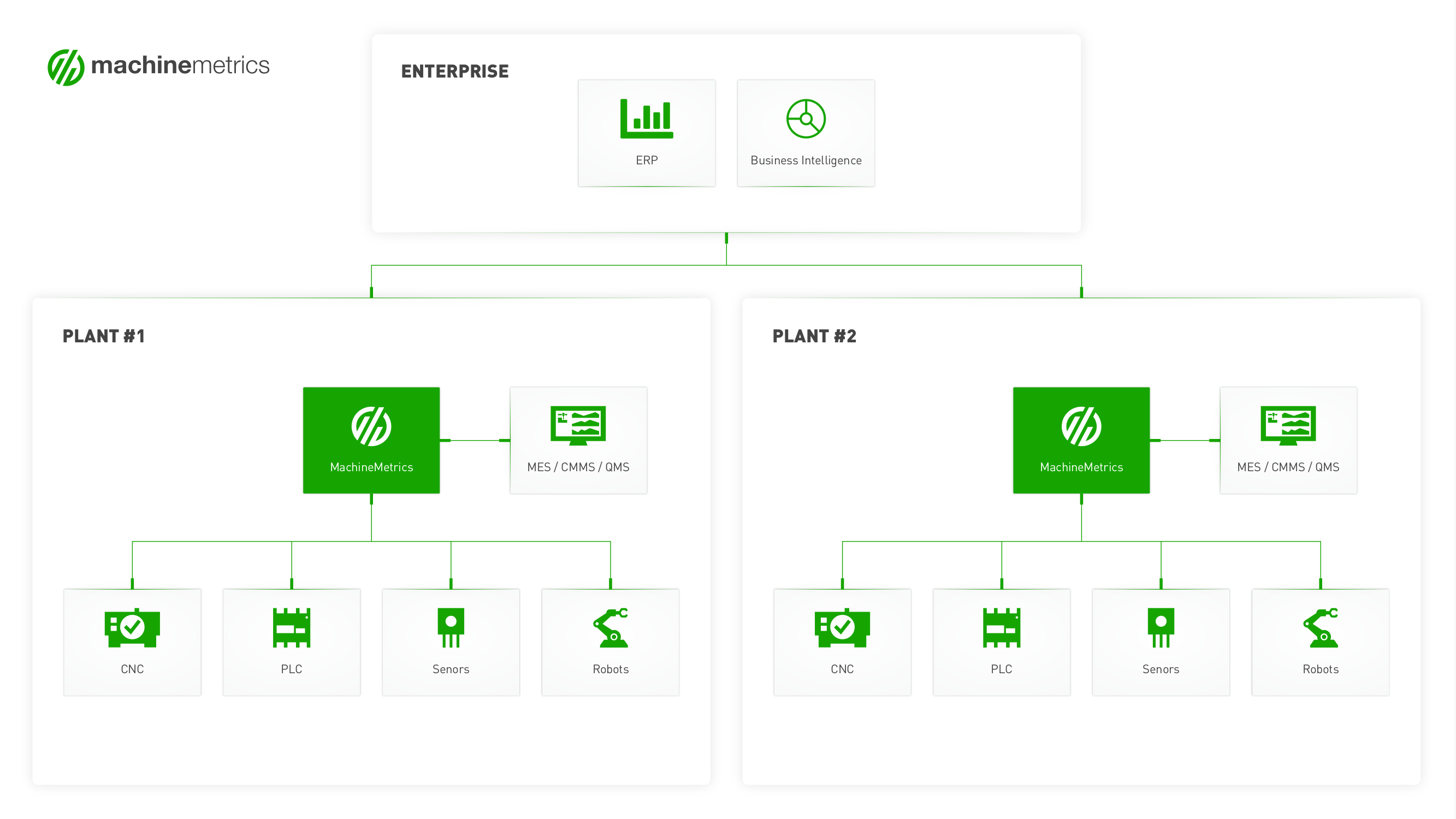
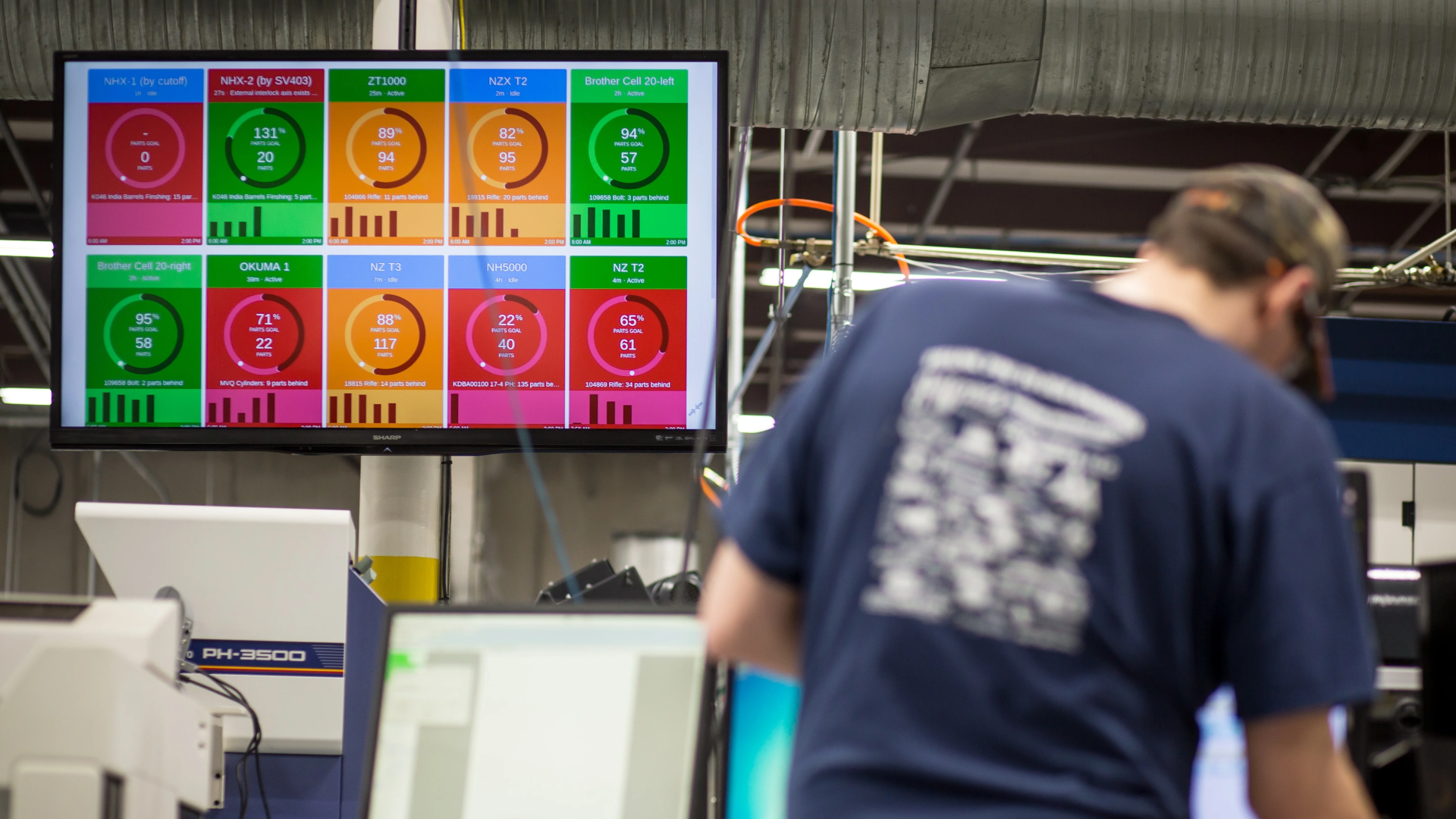
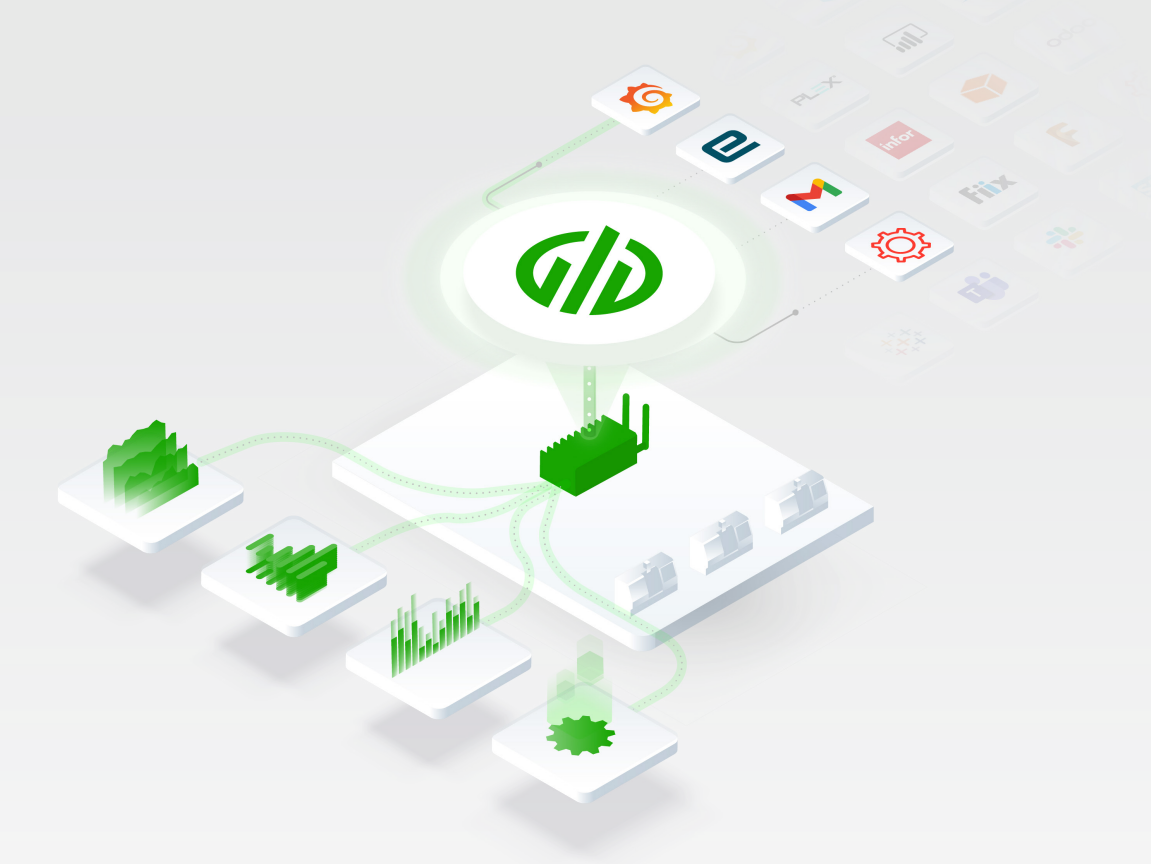
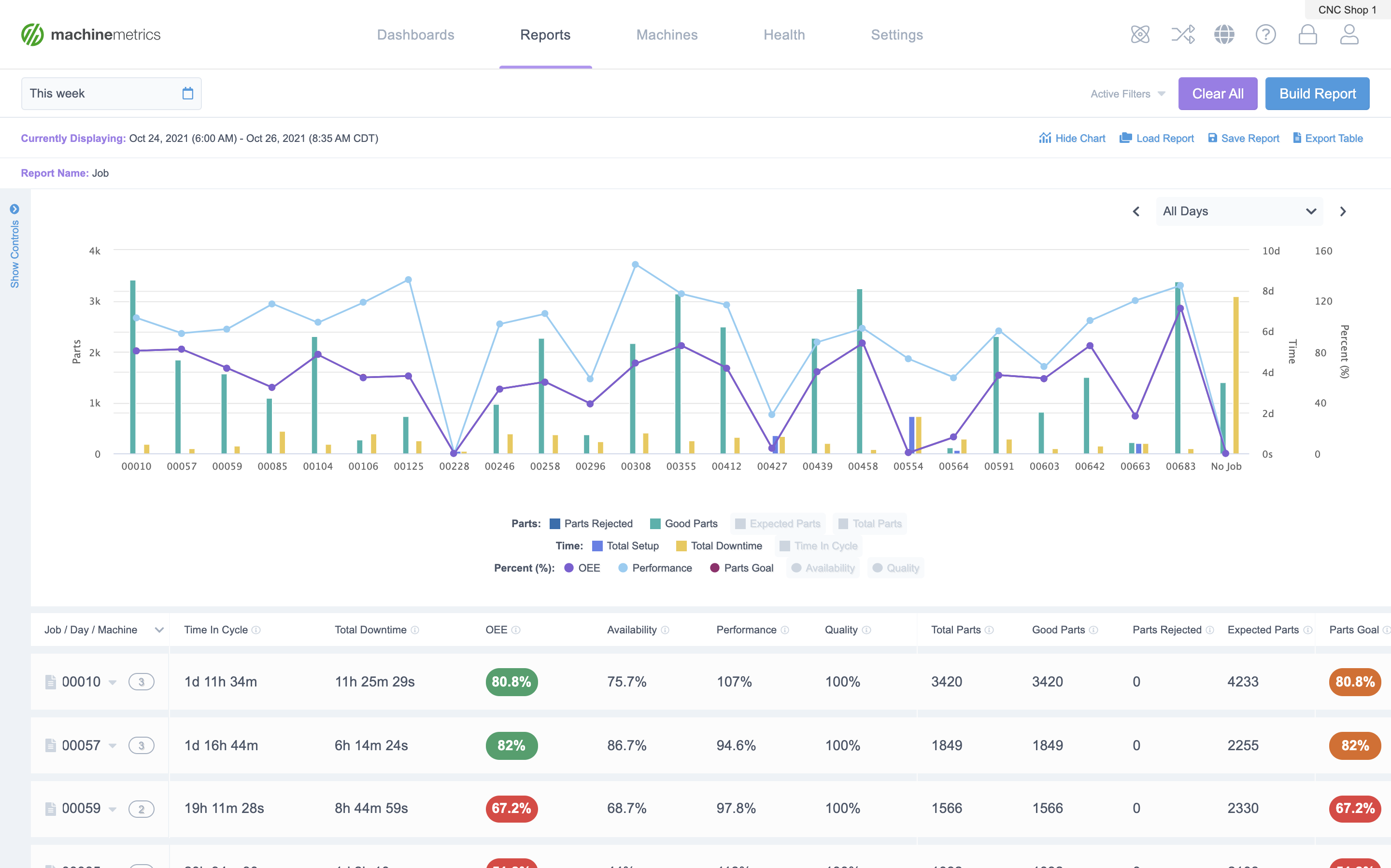
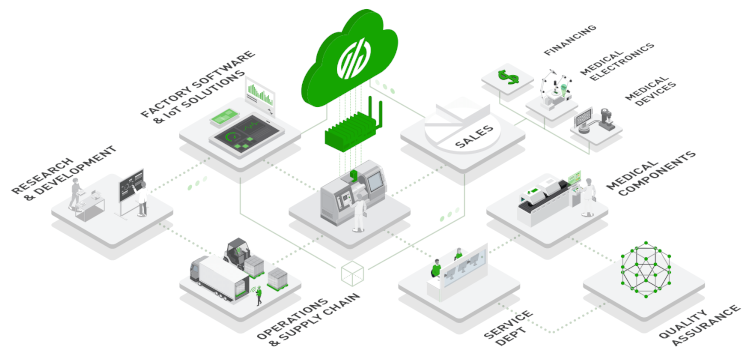
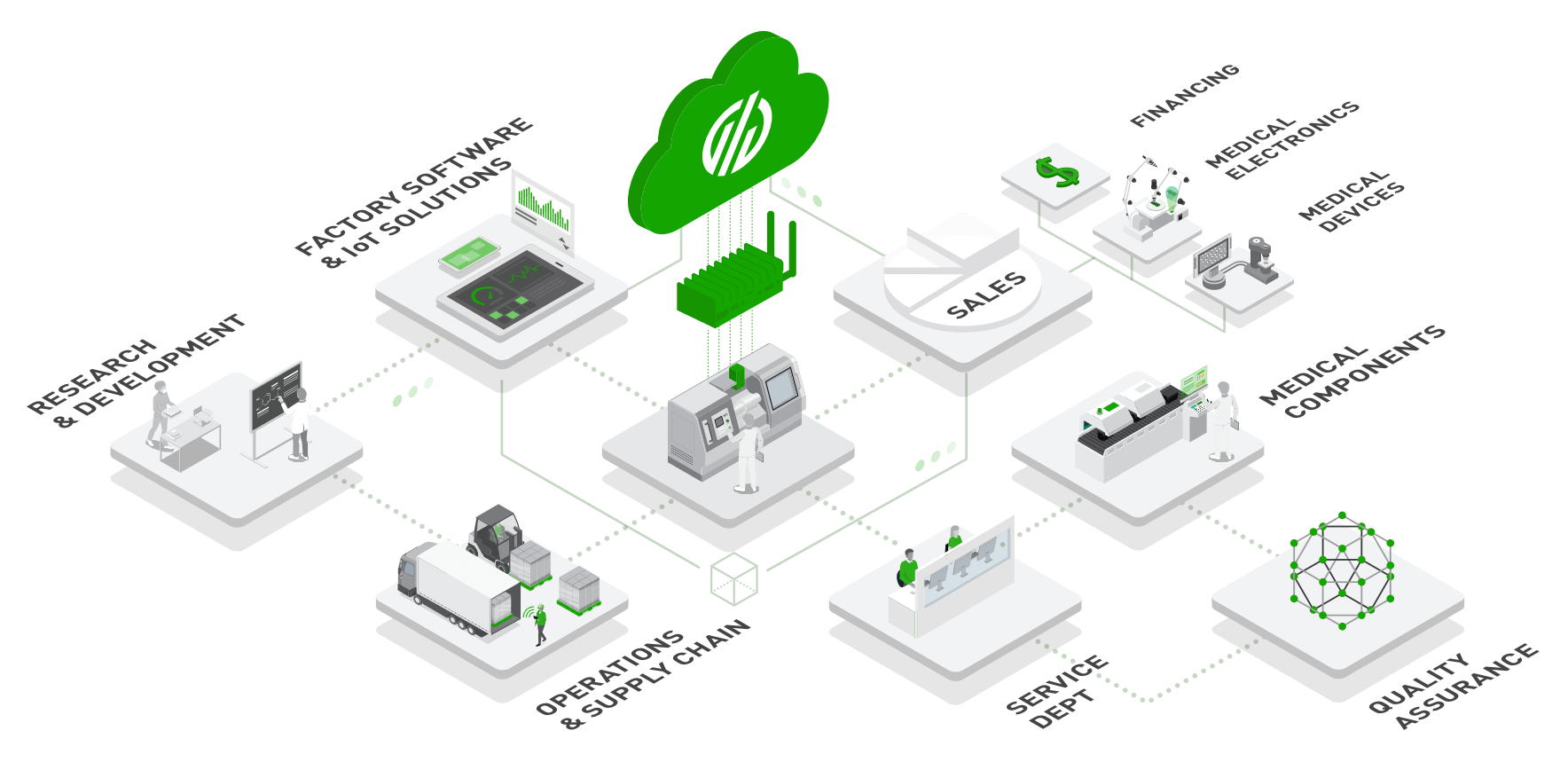
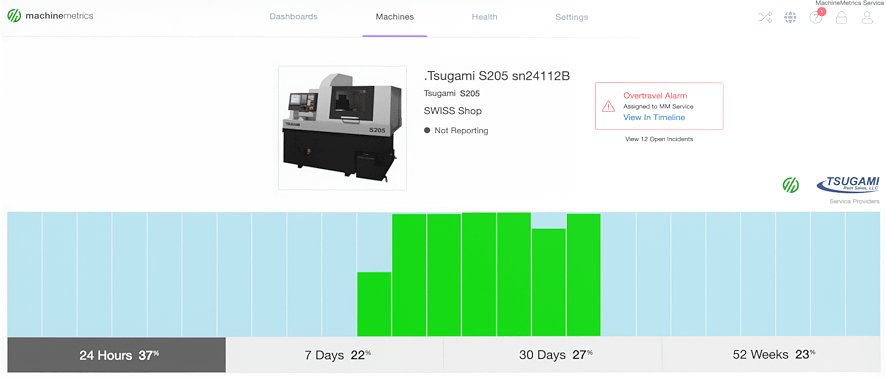
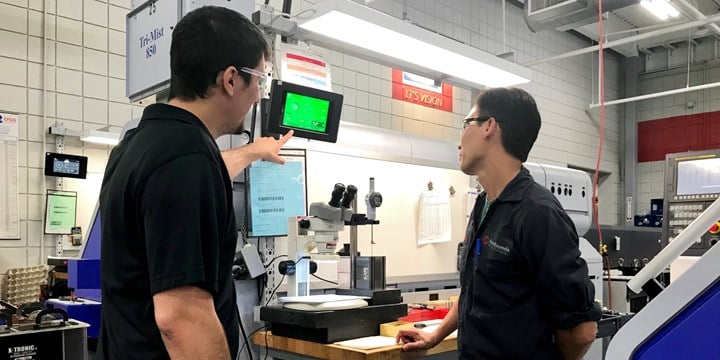
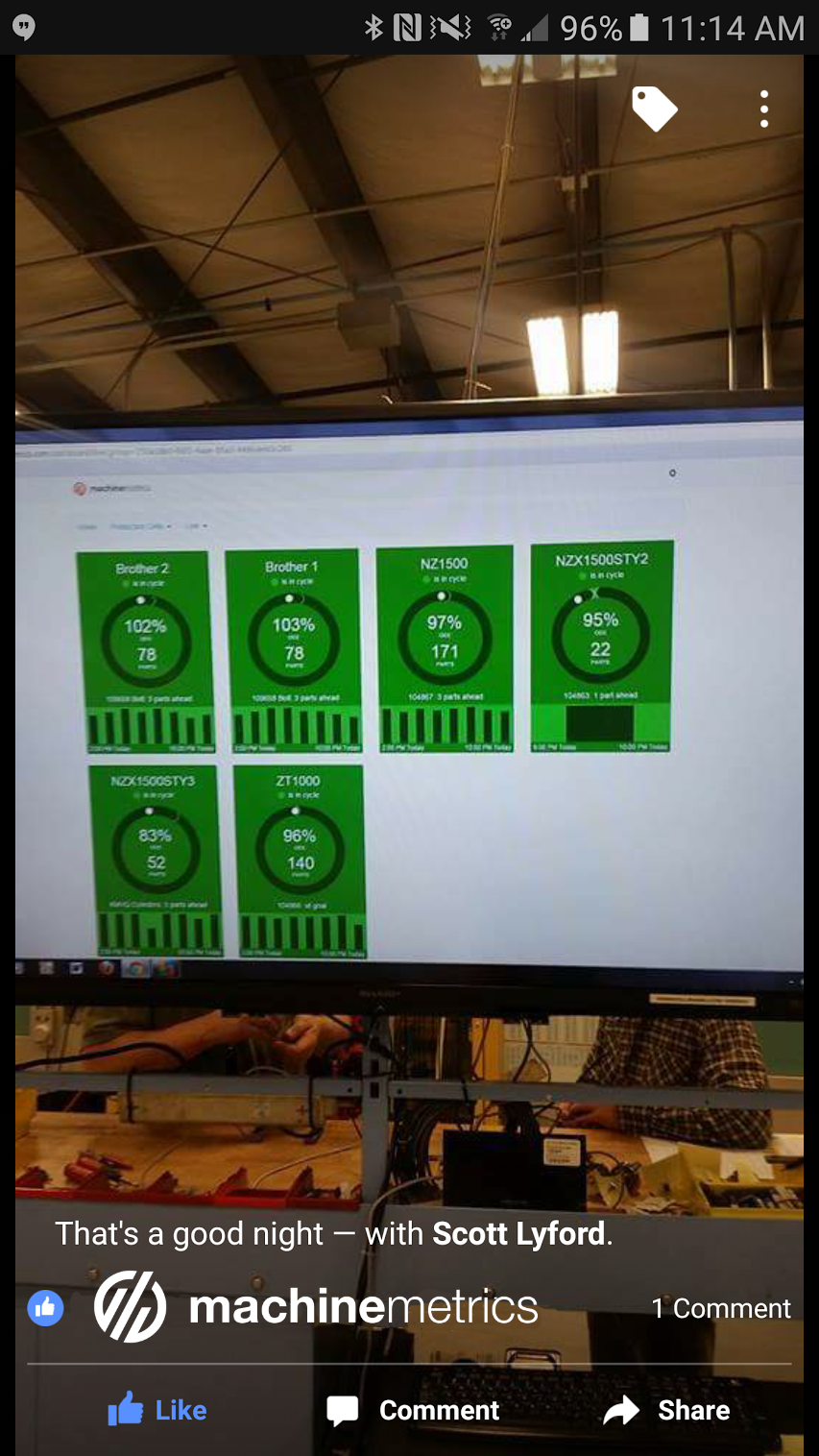
Comments